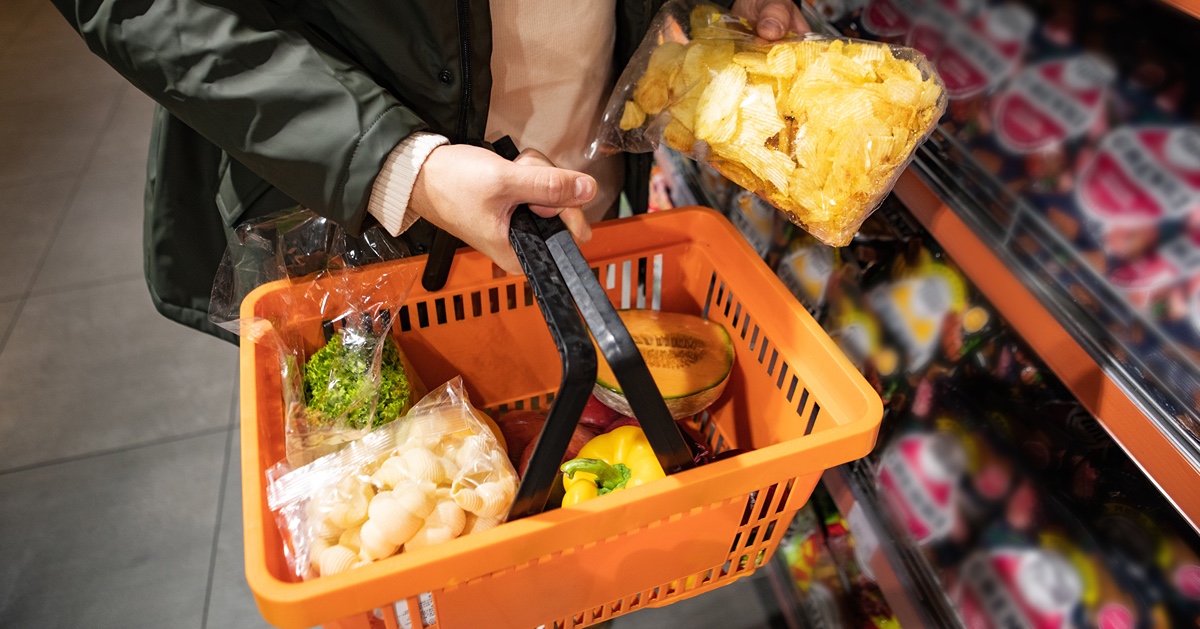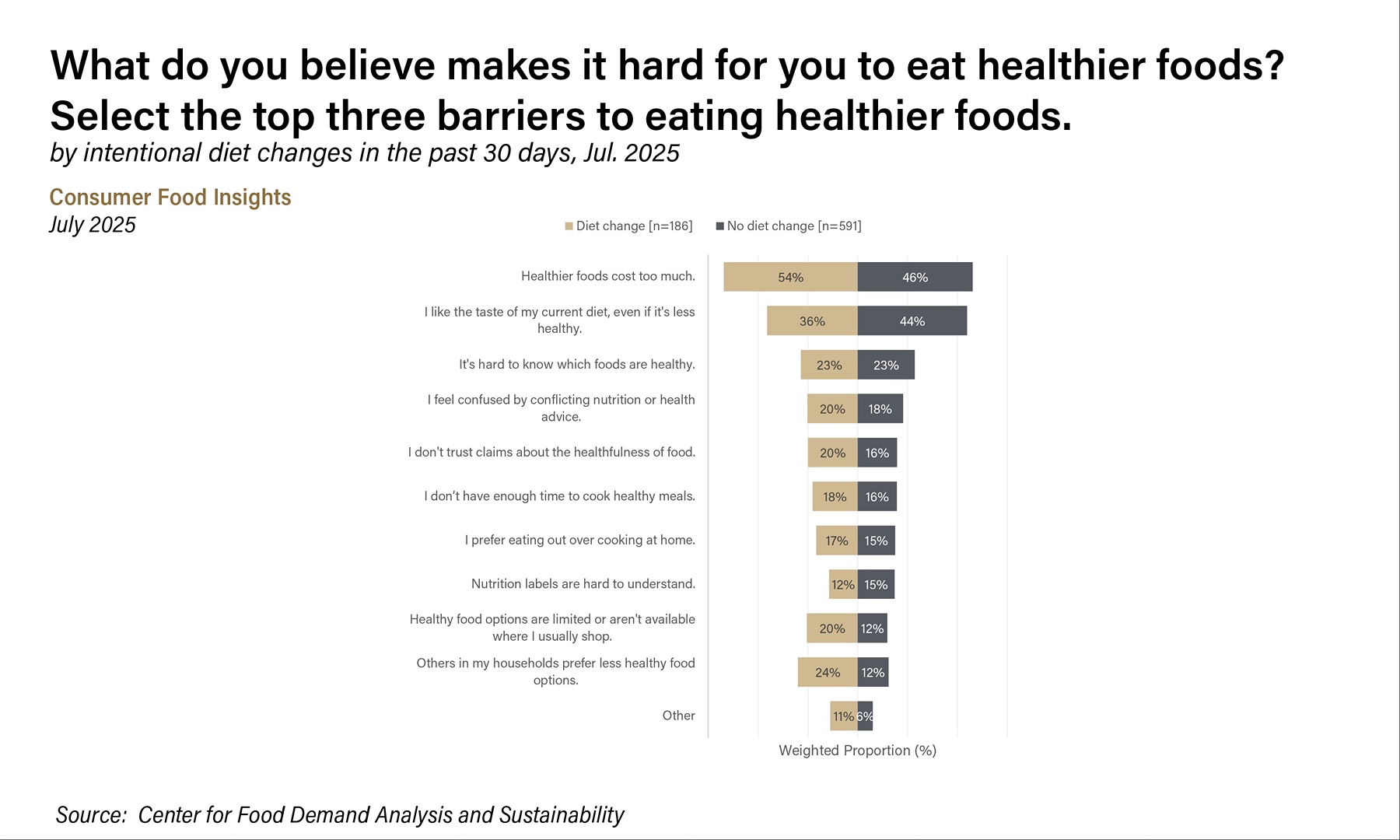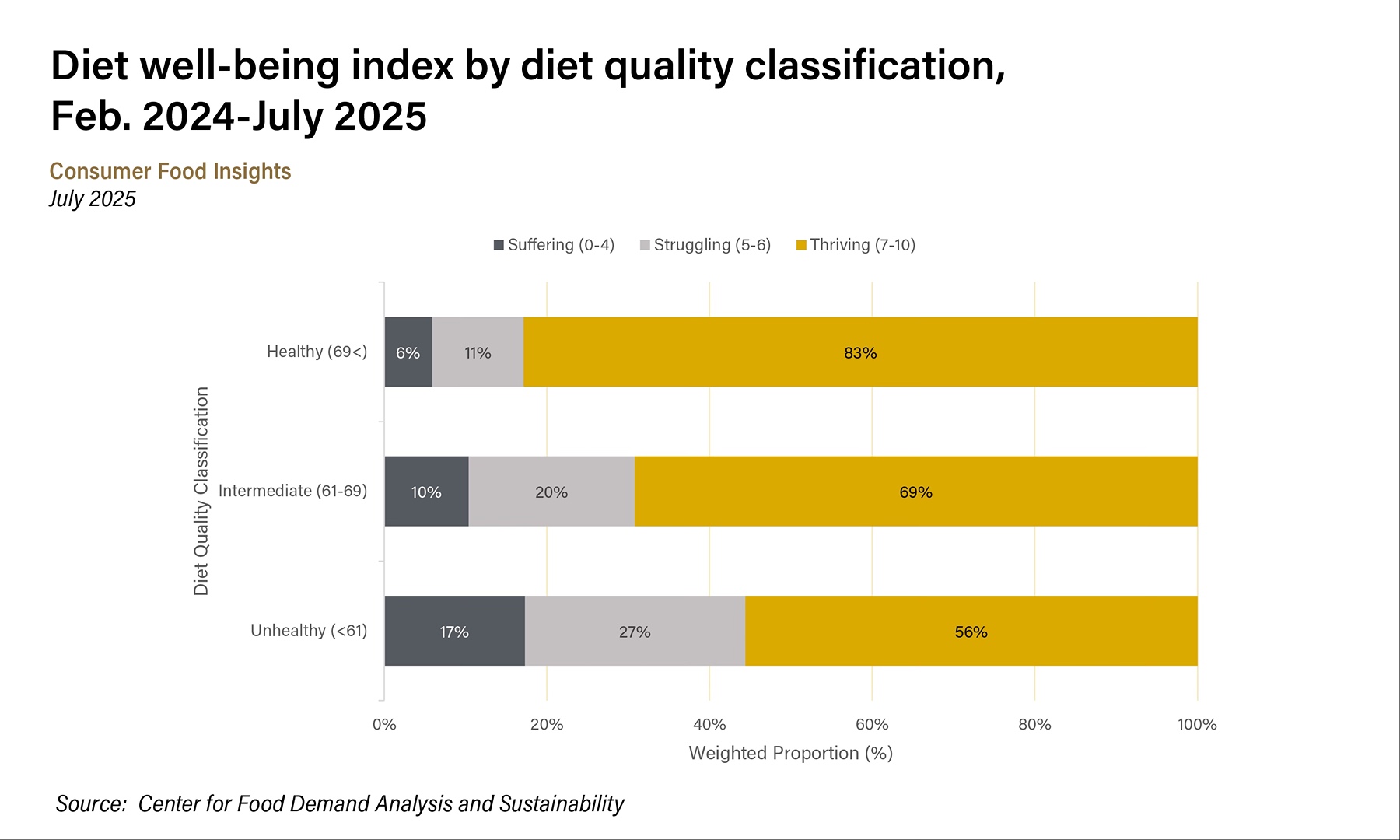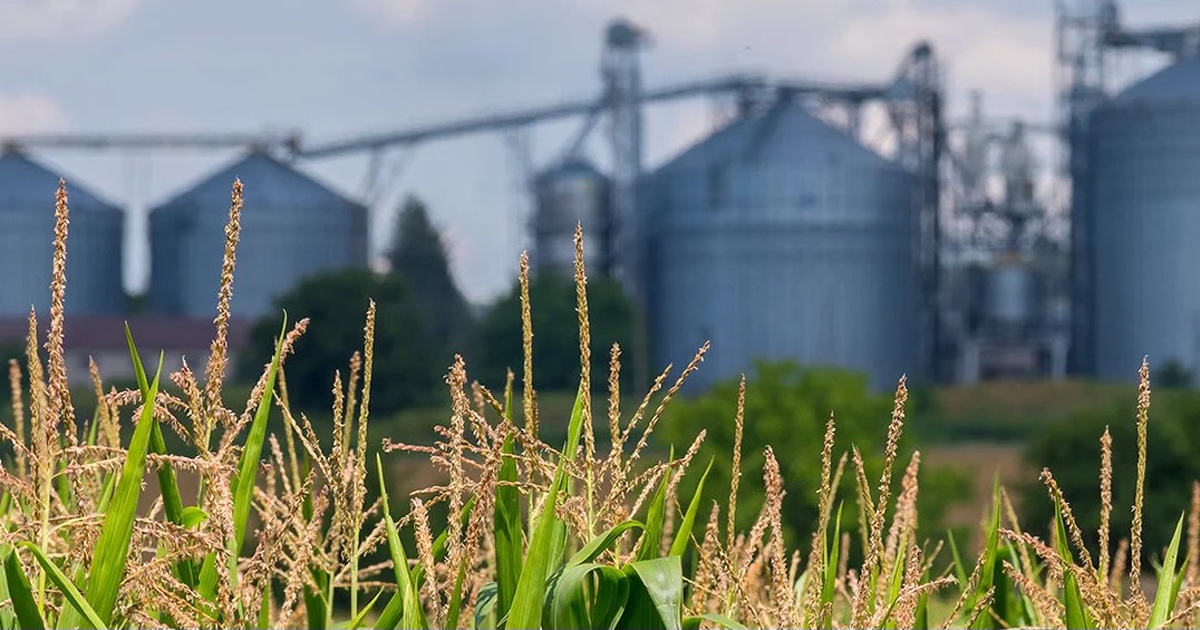How Americans make healthy food choices in grocery stores
WEST LAFAYETTE, Ind. — Many consumers who rate their diet poorly acknowledge the need for change. However, only 1 in 4 consumers who say their diet needs improvement have made a health-related dietary change in the past month, according to the July Consumer Food Insights Report (CFI).
The survey-based report from Purdue University’s Center for Food Demand Analysis and Sustainability (CFDAS) assesses food spending, consumer satisfaction and values, support of agricultural and food policies, and trust in information sources. Purdue experts conducted and evaluated the survey, which included 1,200 consumers across the U.S.
The July CFI survey builds on findings from May, continuing to explore food as a driver of health and asking new questions about various factors related to dietary improvement. Consumers generally understand that healthier eating entails limiting added sugar, fat and sodium; eating more fruits and vegetables; controlling portion sizes; and reading nutrition labels. Many also recognize they could do a better job of following through. So why isn’t diet quality improving?
“Almost half of consumers — 46% — are aware they should eat healthier diets, but most of those — 71% — are not making changes, and the two biggest barriers to a healthier diet are cost and taste,” said the report’s lead author, Joseph Balagtas, professor of agricultural economics at Purdue and director of CFDAS. Nearly half of consumers cite the cost of healthier foods as a challenge, and 42% say they prefer the taste of their current diet, even if it’s not the healthiest.
“Our research shows that consumers prioritize taste and price when shopping for food, with nutrition coming in a distant third,” Balagtas said. “So the fact that consumers associate healthy eating with high costs and low taste is a challenge for food manufacturers and public health advocates.”
The researchers also asked consumers what type of information would help consumers choose healthier foods. “Consumers told us that they’d like to see clear information on added sugar, sodium and saturated fats. A simple healthfulness score or rating system was also popular,” Balagtas said. “And overwhelmingly, consumers want this information on the front of the food packaging, which is consistent with the Food and Drug Administration’s current efforts to standardize front-of-package nutrition labels.”
The survey also asked consumers who they trust to define what “healthy” means. Most (64%) trust health care professionals, followed by scientific institutions (36%), family or friends (33%), and government agencies (31%).
Consumers’ satisfaction with their diets remains high. Two-thirds of Americans rate their diets as “thriving” (7 to 10 on a 0 to 10 scale), and 83% say they’re happy with what they eat. However, Purdue’s American Diet Quality Index shows that the average adult diet still hovers just above the “unhealthy” threshold, with no change from last month.
“Not surprisingly, diet satisfaction tends to decline as diet quality worsens,” said Elijah Bryant, a survey research analyst at CFDAS and a report co-author. Among those whose diets aligned with the Dietary Guidelines for Americans, 83% rate their diet as thriving. But even among those with unhealthy diets, 56% still give themselves high marks.
“This suggests a key challenge for public health efforts,” Bryant said. “Many people with poor diet quality are content with their eating habits and may not feel motivated to change.”
The national food insecurity rate held steady at 15%. Those who believe their diet doesn’t need improvement are less likely to feel food insecure.
“Interestingly, those who are unsure about whether their diet needs improvement report the highest food insecurity rate — 19% — possibly reflecting uncertainty about what a healthy diet looks like,” Bryant said.
Weekly food spending also remained stable at $201, with $129 going to groceries and $72 to restaurants. This summer’s spending increase coincides with a gradual rise in food inflation, which now sits at 3%, according to the June consumer price index.
“Consumers may be picking up on this. Both their estimates and expectations of food inflation rose this month,” Bryant observed. “While these perceptions have consistently outpaced official inflation rates, they remain a valuable indicator of consumer sentiment and financial pressure.”
The July survey also found that consumers who believe their diets are fine are slightly more likely to engage in informed food behaviors, such as checking labels or choosing organic or sustainably sourced products. But even those who think their diets need improvement are participating in many of the same behaviors, just a bit less often, Bryant noted.
As for trust, those seeking dietary improvement place more confidence in institutional sources, including the Dietary Guidelines for Americans, the U.S. Department of Agriculture and health care professionals. The trust index, which scores sources from -100 to +100, shows that this group is more skeptical of commercial and entertainment sources compared to those who do not think that their diet currently needs improvement.
“Their openness to expert guidance highlights the importance of credible, science-backed communication in supporting healthier food choices,” Bryant said.
The Center for Food Demand Analysis and Sustainability is part of Purdue’s Next Moves in Plant Sciences 2.0 and uses innovative data analysis shared through user-friendly platforms to improve the food system. In addition to the Consumer Food Insights Report, the center offers a portfolio of online dashboards.
About Purdue Agriculture
Purdue University’s College of Agriculture is one of the world’s leading colleges of agricultural, food, life and natural resource sciences. The college is committed to preparing students to make a difference in whatever careers they pursue; stretching the frontiers of science to discover solutions to some of our most pressing global, regional and local challenges; and, through Purdue Extension and other engagement programs, educating the people of Indiana, the nation and the world to improve their lives and livelihoods. To learn more about Purdue Agriculture, visit this site.
About Purdue University
Purdue University is a public research university leading with excellence at scale. Ranked among top 10 public universities in the United States, Purdue discovers, disseminates and deploys knowledge with a quality and at a scale second to none. More than 106,000 students study at Purdue across multiple campuses, locations and modalities, including more than 57,000 at our main campus locations in West Lafayette and Indianapolis. Committed to affordability and accessibility, Purdue’s main campus has frozen tuition 14 years in a row. See how Purdue never stops in the persistent pursuit of the next giant leap — including its integrated, comprehensive Indianapolis urban expansion; the Mitch Daniels School of Business; Purdue Computes; and the One Health initiative — at https://www.purdue.edu/president/strategic-initiatives.
Writer: Steve Koppes
Media contact: Devyn Ashlea Raver, draver@purdue.edu
Sources: Joseph Balagtas, balagtas@purdue.edu ; Elijah Bryant, ehbryant@purdue.edu
Agricultural Communications: Maureen Manier, mmanier@purdue.edu, 765-494-8415
Journalist Assets: Publication quality charts and images image can be obtained at this, link







